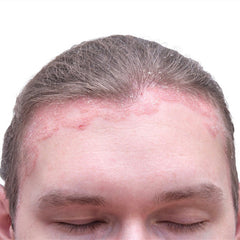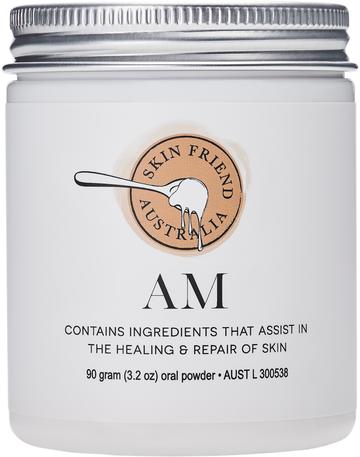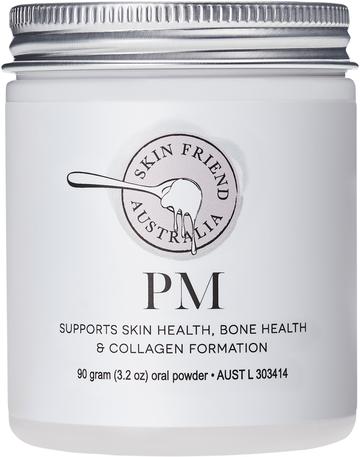Seborrheic Dermatitis and Dandruff


Seborrheic (pronounced seb-or-a-ik) dermatitis is a flaking, itchy skin rash which appears on areas of the skin that have large numbers of oil (sebaceous) glands. It’s also known as seborrheic eczema and usually first appears on the scalp as dandruff. Seborrheic dermatitis affects more than 50 per cent of adults at some point in their life.1
Why does it occur? A yeast called pityrosporum ovale (also known as malassezia furfur) is found on the skin of people with seborrhoeic eczema. At present it is not clear if this ‘altered microflora’ on the scalp is the cause or merely a contributing factor to seborrhoeic dermatitis however it thrives in areas of the body where there are increased numbers of sebaceous glands (more on this shortly).
Symptoms of seborrheic dermatitis/eczema:
- inflammation
- flaking skin
- greasy, yellowish or white flakes (or thick yellow crusts)
- redness
- irritation
- scaling of the skin
Does seborrheic dermatitis only occur on the scalp?
As the scalp becomes inflamed, the seborrheic dermatitis may spread onto the face and neck. Eyebrows, temples and the folds at the sides of the nose are commonly affected. Seborrhoeic dermatitis can be particularly severe, with thick crusts behind the ears and surrounding hairline.
The ear folds and ear canal may also be affected, causing irritation inside the ear, and this is commonly called ear eczema.
Are seborrheic dermatitis and dandruff the same?
With dandruff, the flakes are usually oily and shed easily from the scalp. Seborrheic dermatitis is a more severe skin condition with the addition of inflammation and greasy, yellowish flakes which can be found on the scalp, ears, eyebrows, neck, chest and creases at the sides of the nose. Dandruff can occur when you have an oily scalp, if you are run down or stressed and it can occur in conjunction with psoriasis and eczema.
Cradle cap is the infant form of seborrheic dermatitis. Newborn babies who develop cradle cap, which shows up as thick yellow crusts on the scalp, can develop dandruff later in life.
Why do I have seborrheic dermatitis?
While dandruff and seborrheic dermatitis appear when you have an oily scalp and altered microflora, these conditions do not occur on everyone. You have to be susceptible to the condition. According to information published in the Journal of Investigative Dermatology Symposium Proceedings, susceptible people are at an increased risk of dandruff or seborrheic dermatitis because they have one or a combination of the following:
- nutritional deficiencies and/or excess sugar and starch in the diet (sugar feeds fungus/yeasts)
- a predisposition to other skin conditions such as cradle cap during childhood, psoriasis or eczema
- poor immunity (lowered defence against fungus/pityrosporum proliferation)
- use of medical drugs
- neurotransmitter abnormalities
- damaged skin barrier/skin permeability (eczema!)
- immune response and allergic reactions triggered by pityrosporum ovale fungus/yeasts.(1)
Fischer, K., 2014, 'Seborrheic Dermatitis and Dandruff' edited extract from The Eczema Diet, Second edition, Exisle Publishing.
READ MORE:
Itchy Dozen Worst Foods for Eczema
Shop the products



